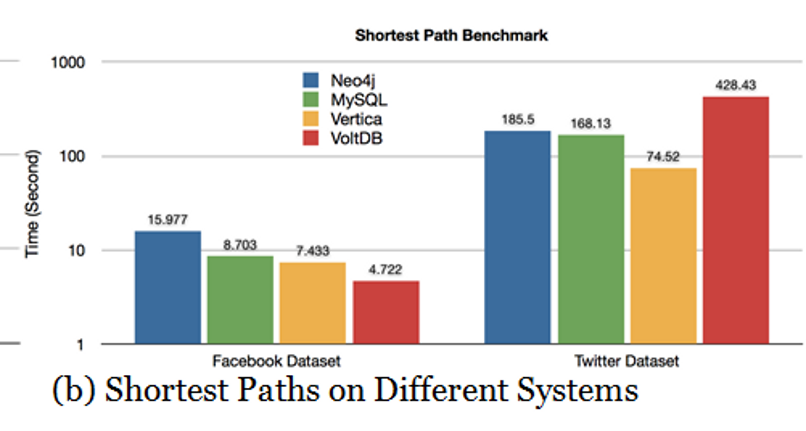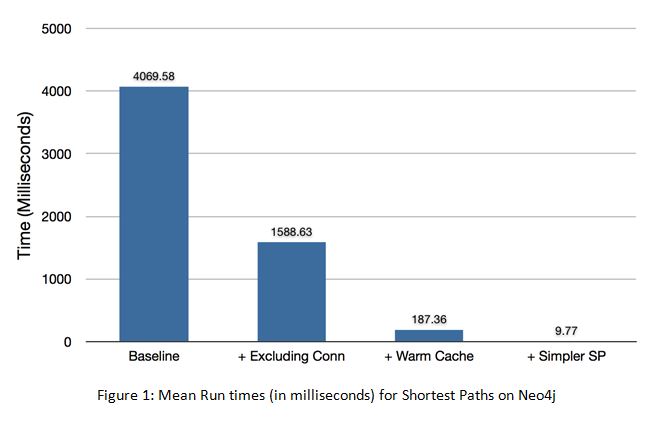Quick Start with Neo4J using YOUR Twitter Data by John Berryman.
From the post:
When learning a new technology it’s best to have a toy problem in mind so that you’re not just reimplementing another glorified “Hello World” project. Also, if you need lots of data, it’s best to pull in a fun data set that you already have some familiarity with. This allows you to lean upon already established intuition of the data set so that you can more quickly make use of the technology. (And as an aside, this just why we so regularly use the StackExchange SciFi data set when presenting our new ideas about Solr.)
When approaching a graph database technology like Neo4J, if you’re as avid of a Twitter user as I am then POOF you already have the best possible data set for becoming familiar with the technology — your own Social network. And this blog post will help you download and setup Neo4J, set up a Twitter app (needed to access the Twitter API), pull down your social network as well as any other social network you might be interested in. At that point we’ll interrogate the network using the Neo4J and the Cypher syntax. Let’s go!
What? Not a single mention of Euler, bridges, claims about graphs rather that Atlas holding up the celestial sphere! Could this really be about Neo4j?
In a word: Yes!
In fact, it is one of the better introductions to Neo4j I have ever seen.
I like historical material but when you have seen dozens if not hundreds of presentations/slides repeating the same basic information, you start to worry about there being a Power-Point Slide Shortage. 😉
No danger of that with John’s post!
Following the instructions took a while in my case, mostly because I was called away to cook a pork loin (it’s a holiday here), plus rolls, etc., right as I got the authentication tokens. -( Then I had issues with a prior version of Neo4j that was already running. I installed via an installer and it had written a start script in rc4.d.
The latest version conflicts with the running older version and refuses to start without any meaningful error message. But, ps -ef | grep neo4j found the problem. Renaming the script while root, etc., fixed it. Do need to delete the older version at some point.
After all that, it was a piece of cake. John’s script works as promised.
I don’t know how to break this to John but now he is following but not being followed by neo4j, peterneubauer (Neo4j hotshot), and markhneedham (Neo4j hotshot). (As of 28 Nov. 2013, your results may vary.)
On the use of labels, you may be interested in the discussion at: RFC Blueprints3 and Vertex.getLabel()
Strings as labels leads to conflicts between labels with the same strings but different semantics.
If you are happy with a modest graph or are willing to police the use of labels it may work for you. On the other hand, it may not.
PS: I am over 11,500 nodes at this point and counting.


